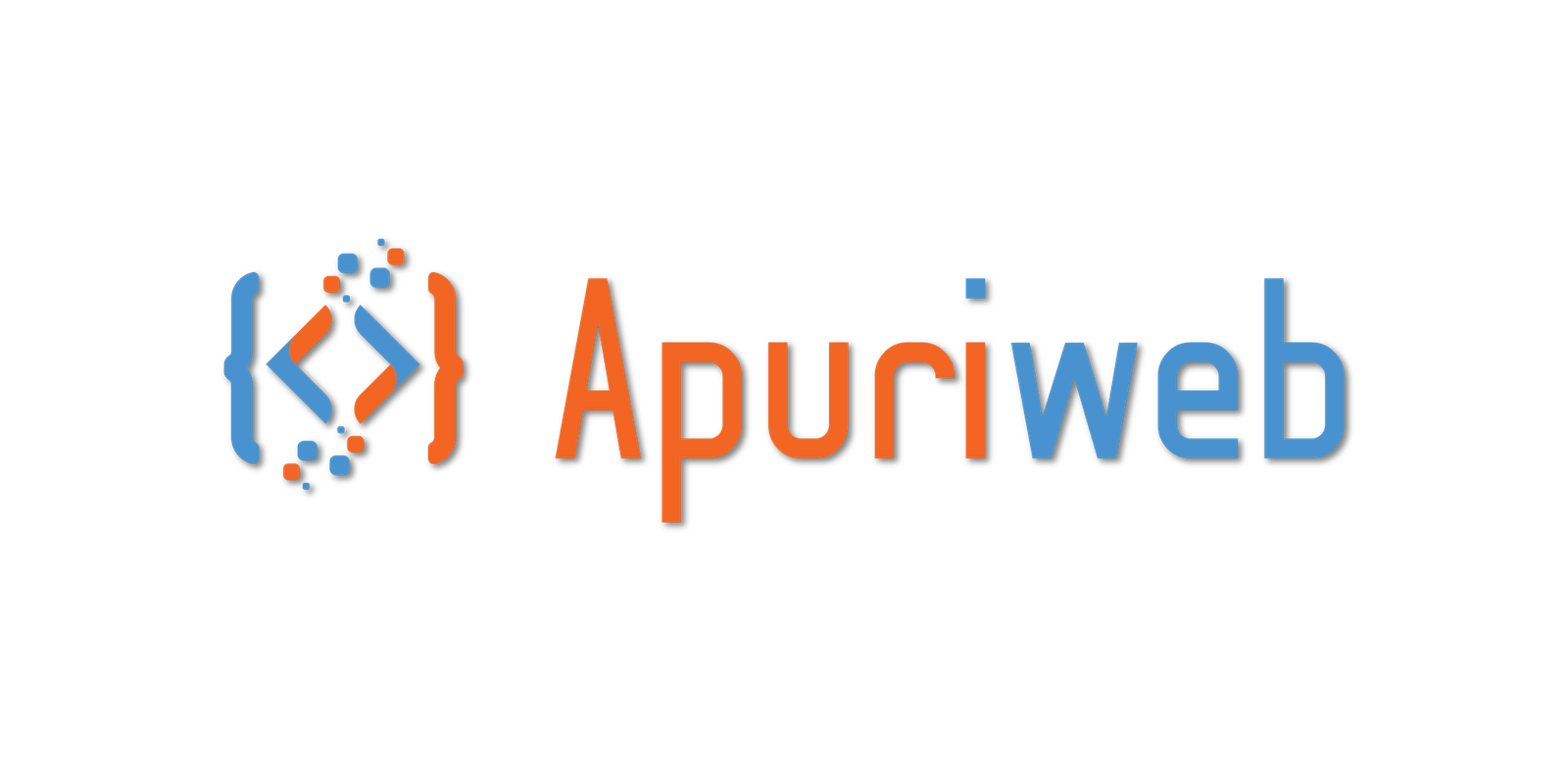
On-page SEO, also known as on-site SEO, refers to the optimization of individual web pages on your website to improve their search engine rankings and enhance their visibility in search engine results pages (SERPs). Unlike off-page SEO, which focuses on external factors like backlinks and social signals, on-page SEO deals with the elements and content that exist on your website itself. It involves various techniques and best practices to make your web pages more search engine-friendly and user-friendly. Here are some key aspects of on-page SEO:
Keyword Optimization: This involves researching relevant keywords related to your content and strategically placing them in key areas of your web pages, such as the page title, headers (H1, H2, H3 tags), meta descriptions, and throughout the content. Keyword optimization helps search engines understand what your page is about and increases the chances of ranking for those keywords.
High-Quality Content: Creating informative, valuable, and engaging content is essential for on-page SEO. Content should be well-written, easy to read, and directly related to the topic of the page. High-quality content not only satisfies user intent but also encourages longer visitor dwell times, reducing bounce rates.
Title Tags: Crafting compelling and descriptive title tags for each page is crucial. Title tags should contain relevant keywords and accurately represent the page’s content. They appear as the clickable headlines in search engine results.
Meta Descriptions: Writing concise and persuasive meta descriptions that include keywords can improve click-through rates from search results. While meta descriptions don’t directly impact rankings, they influence user engagement with your page.
URL Structure: Using clean, descriptive, and user-friendly URLs that include keywords is important. Avoid using long, complex URLs with unnecessary parameters or symbols.
Header Tags: Using header tags (H1, H2, H3, etc.) to structure your content helps both users and search engines understand the hierarchy of information on a page. The H1 tag typically represents the main heading or topic of the page.
Image Optimization: Optimizing images by using descriptive file names and alt text helps search engines understand the content of images. This can also improve your site’s accessibility.
Internal Linking: Creating a logical internal linking structure helps users navigate your website and distributes link equity throughout your site. Linking to other relevant pages on your site can improve SEO.
Mobile Optimization: Ensuring that your website is responsive and mobile-friendly is crucial, as mobile-friendliness is a ranking factor for search engines. Google, for example, uses mobile-first indexing to rank pages.
Page Speed: A fast-loading website is essential for both user experience and SEO. Compressing images, leveraging browser caching, and minimizing server response times can improve page speed.
Schema Markup: Implementing structured data markup (schema.org) can provide search engines with additional information about your content, leading to rich snippets in search results.
User Experience (UX): Creating a positive user experience by making your website easy to navigate, reducing clutter, and improving page load times can indirectly affect SEO by reducing bounce rates and improving user engagement.
Effective on-page SEO is critical for getting your web pages ranked well in search engine results. By optimizing your web pages for both search engines and users, you can improve the visibility of your website and attract more organic traffic. Keep in mind that SEO is an ongoing process, and regularly reviewing and updating your on-page optimization efforts is essential to stay competitive in search results.
